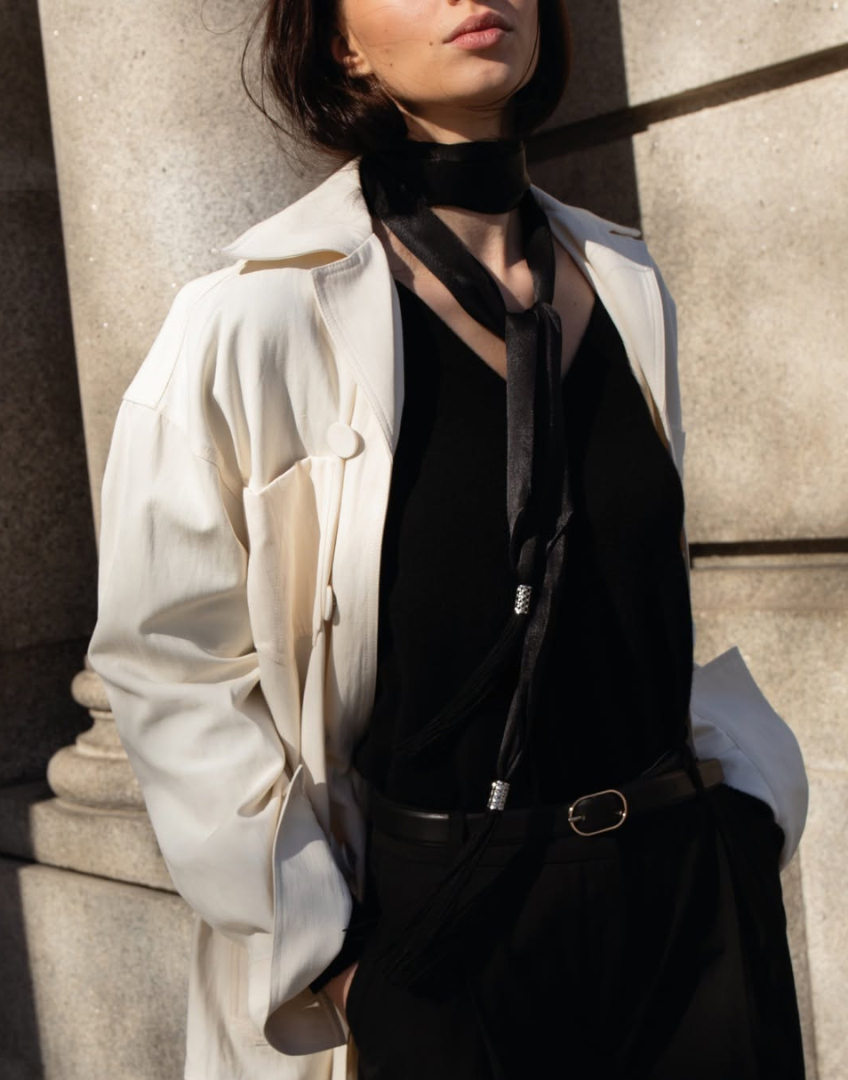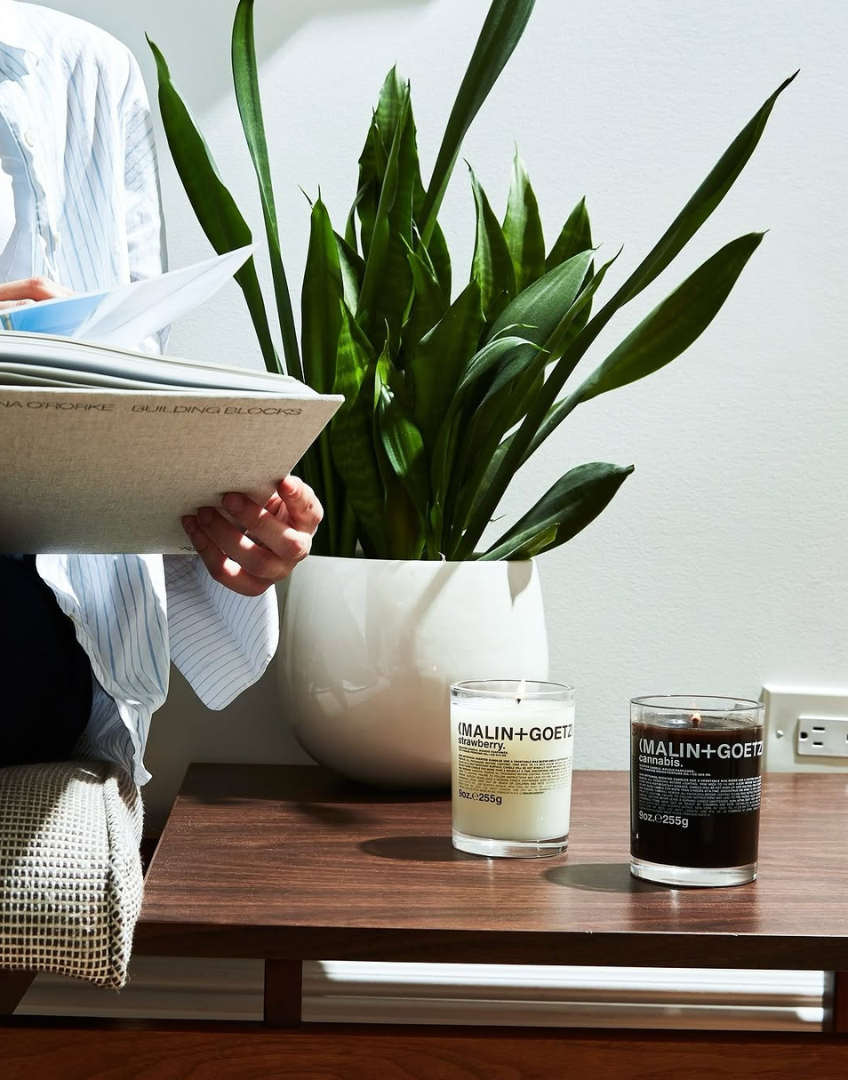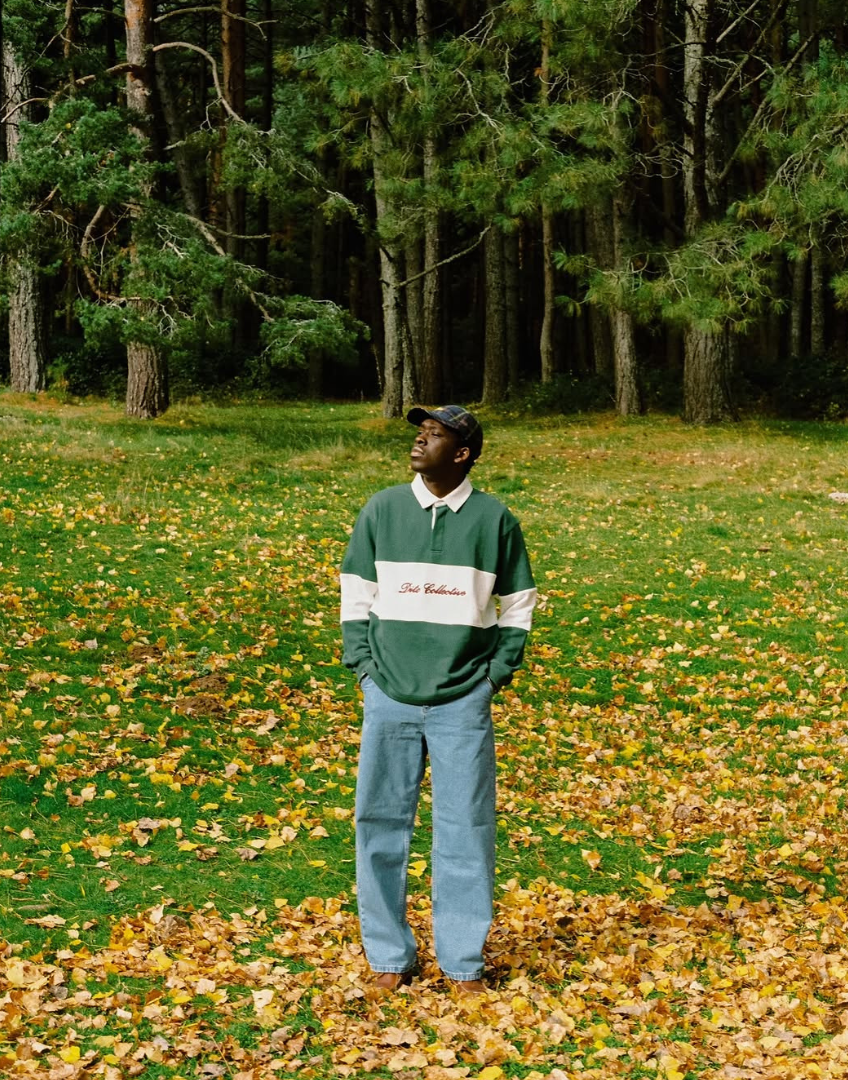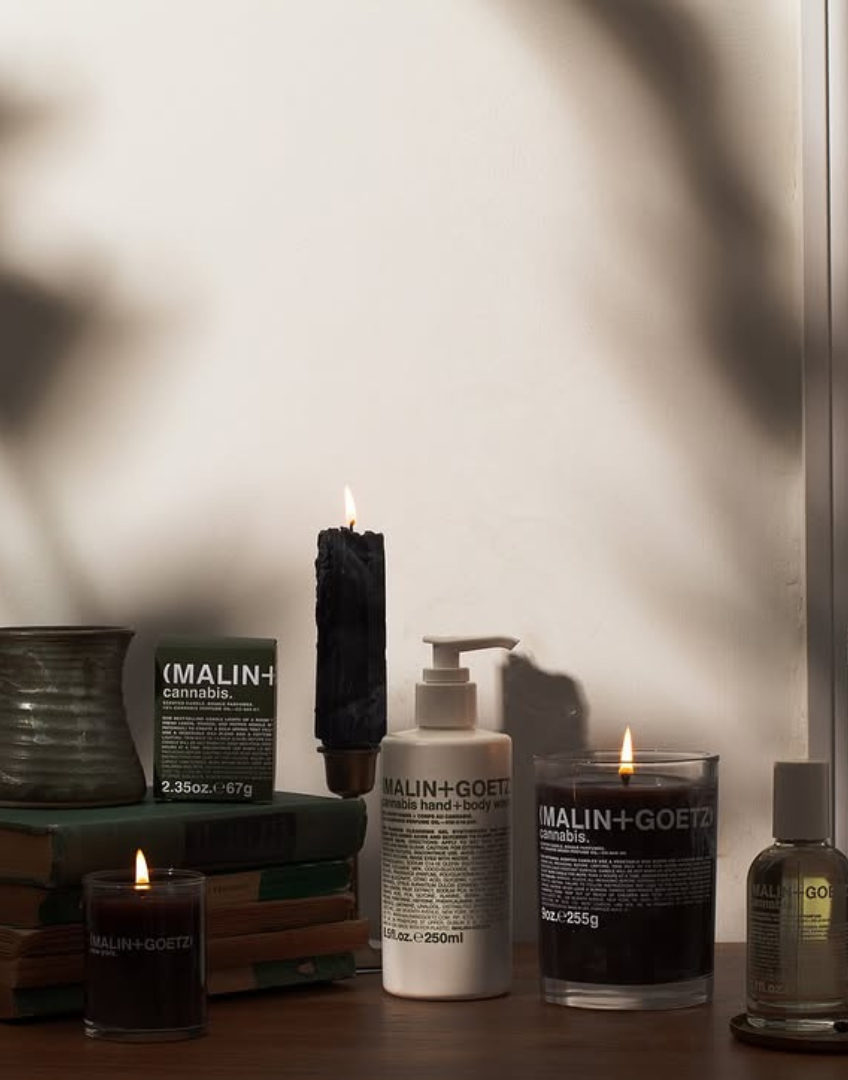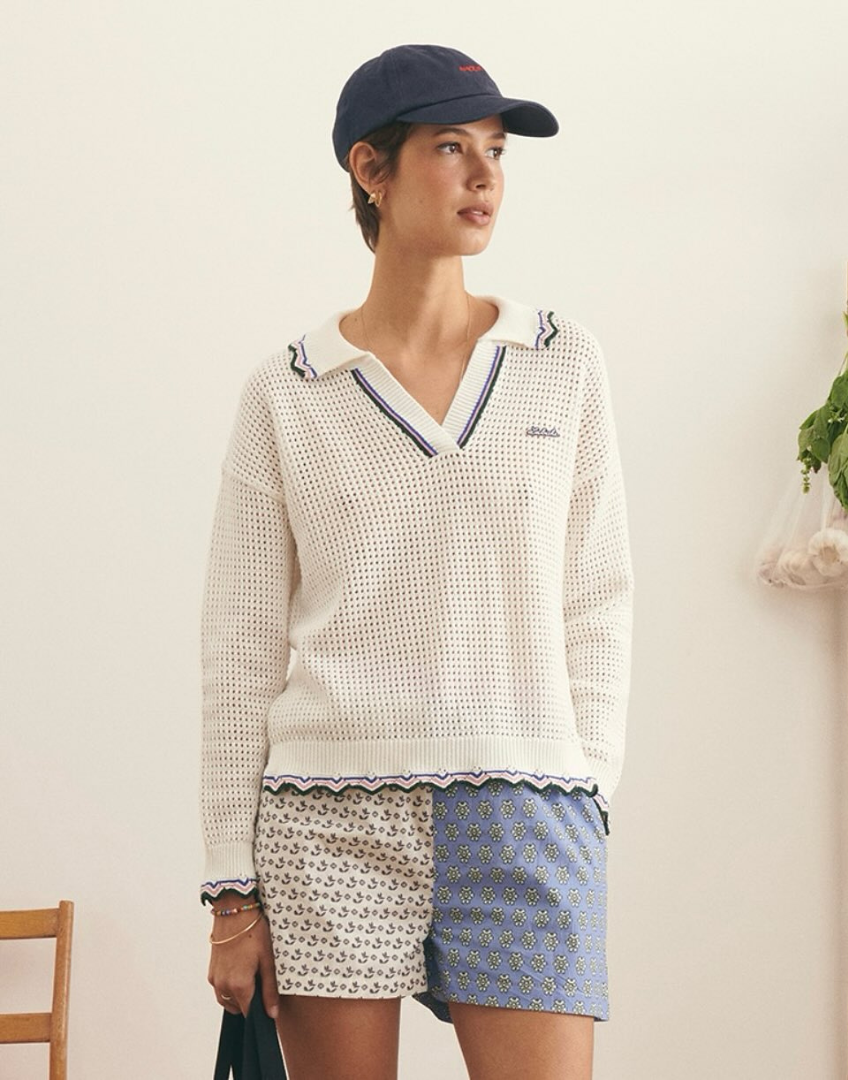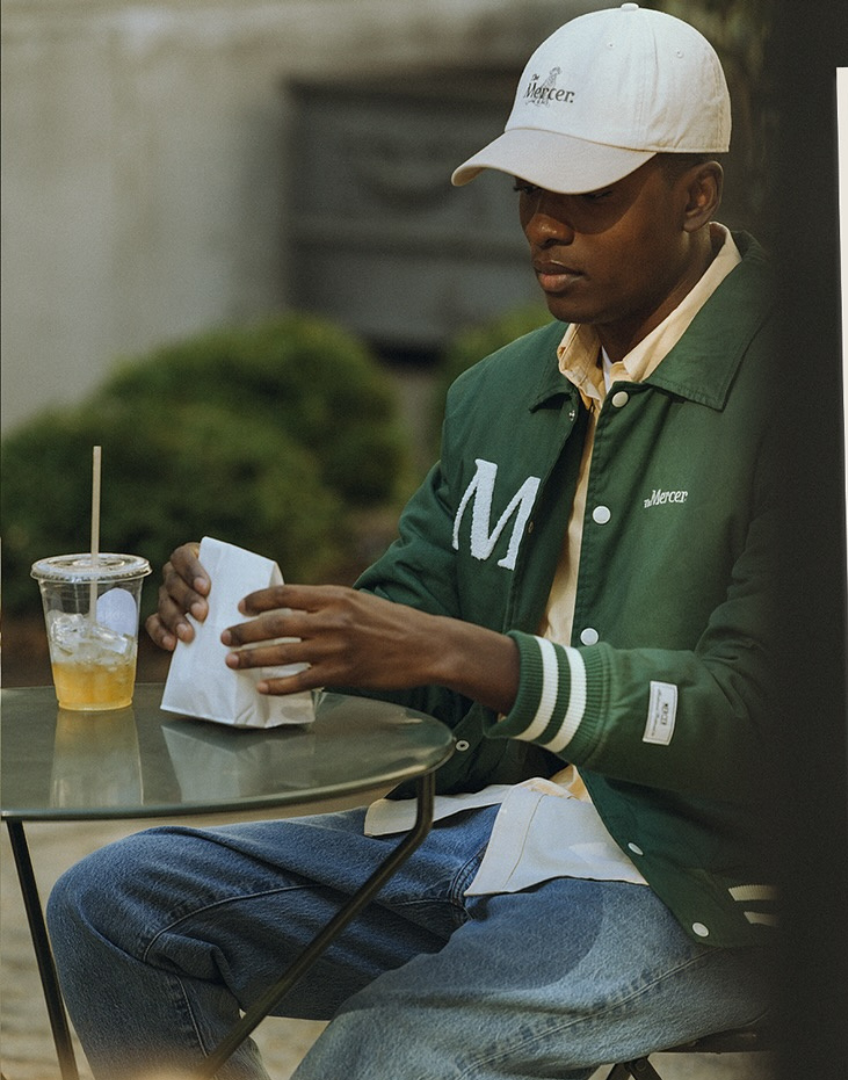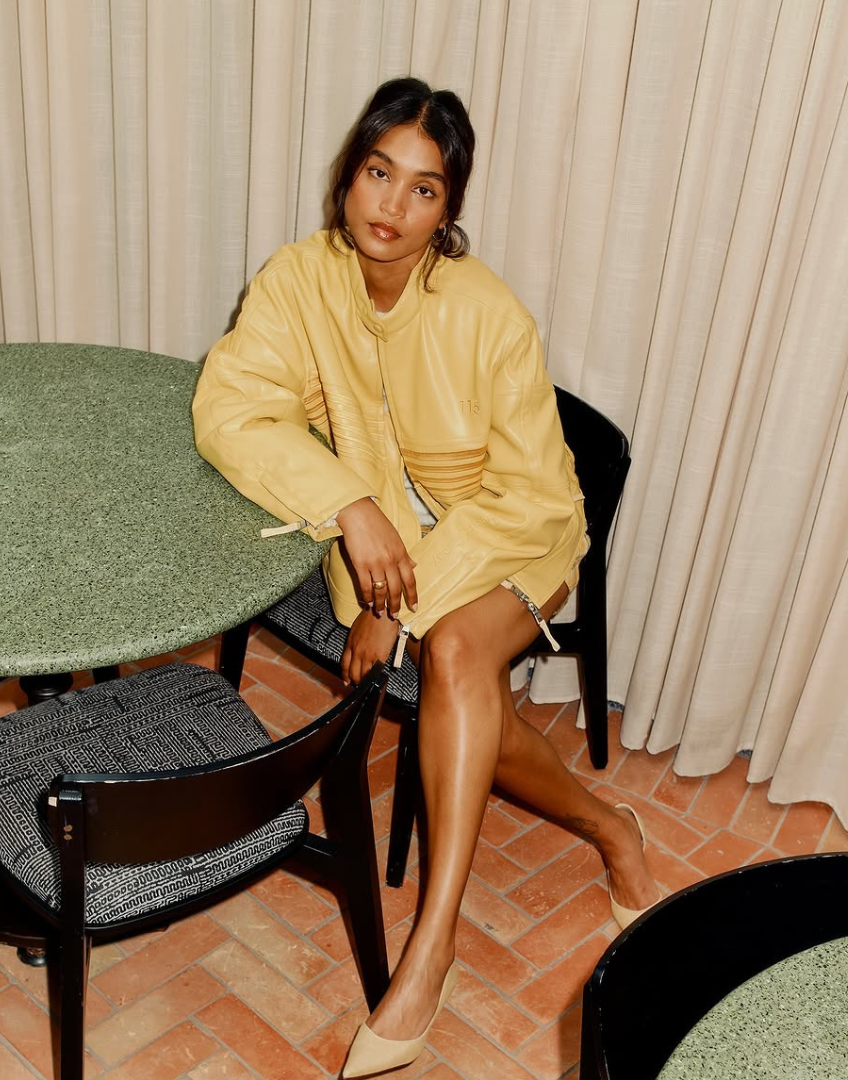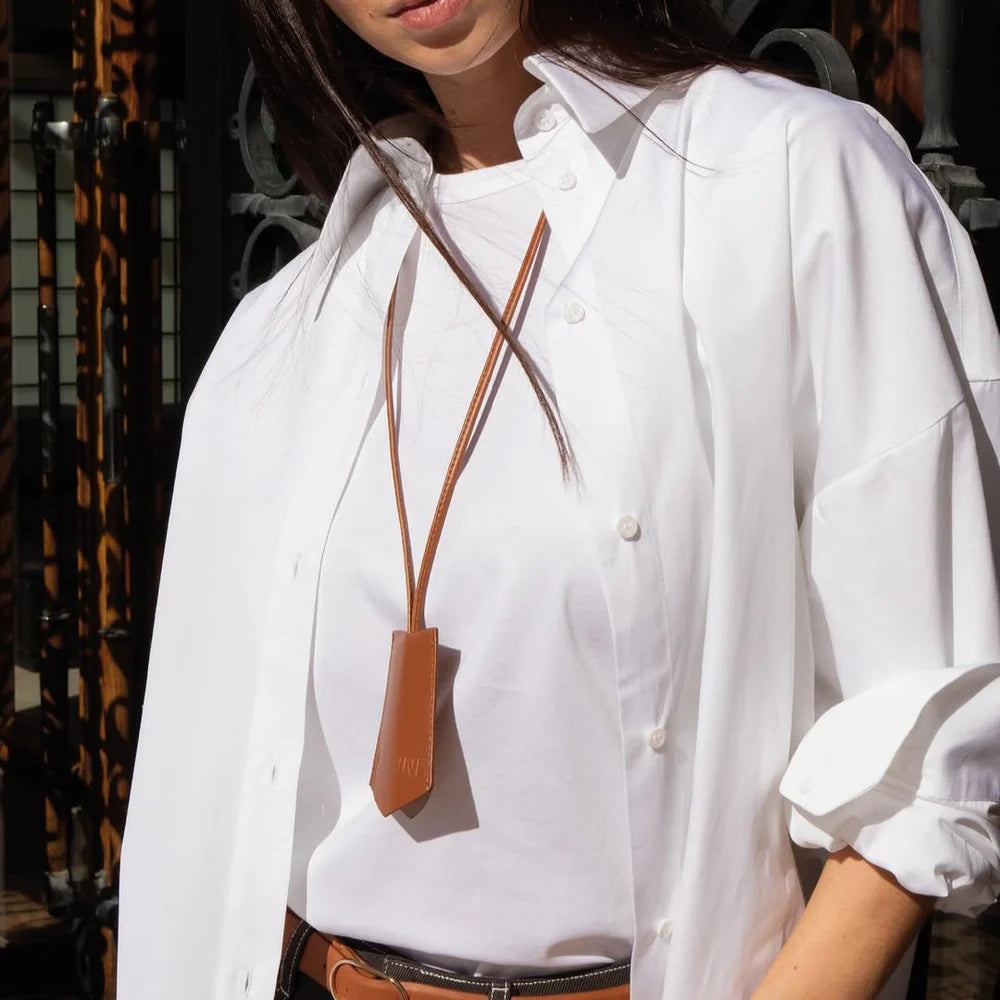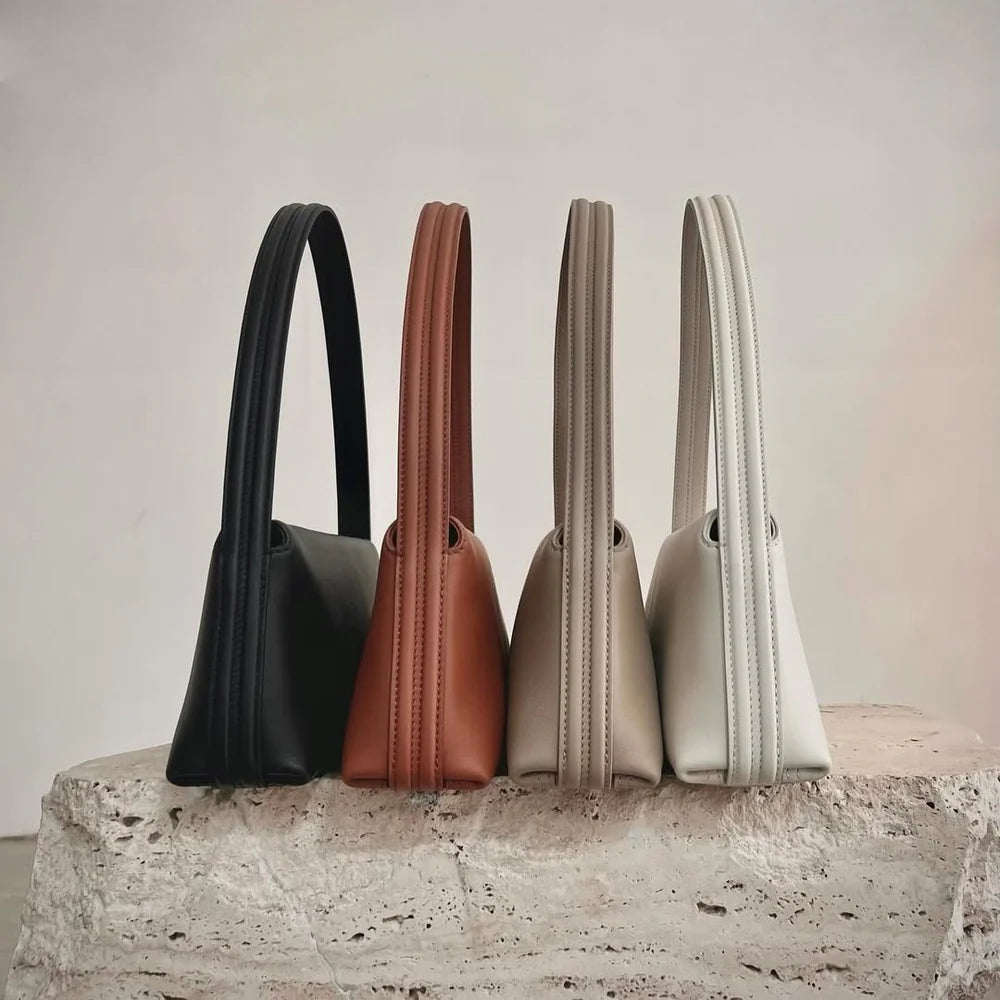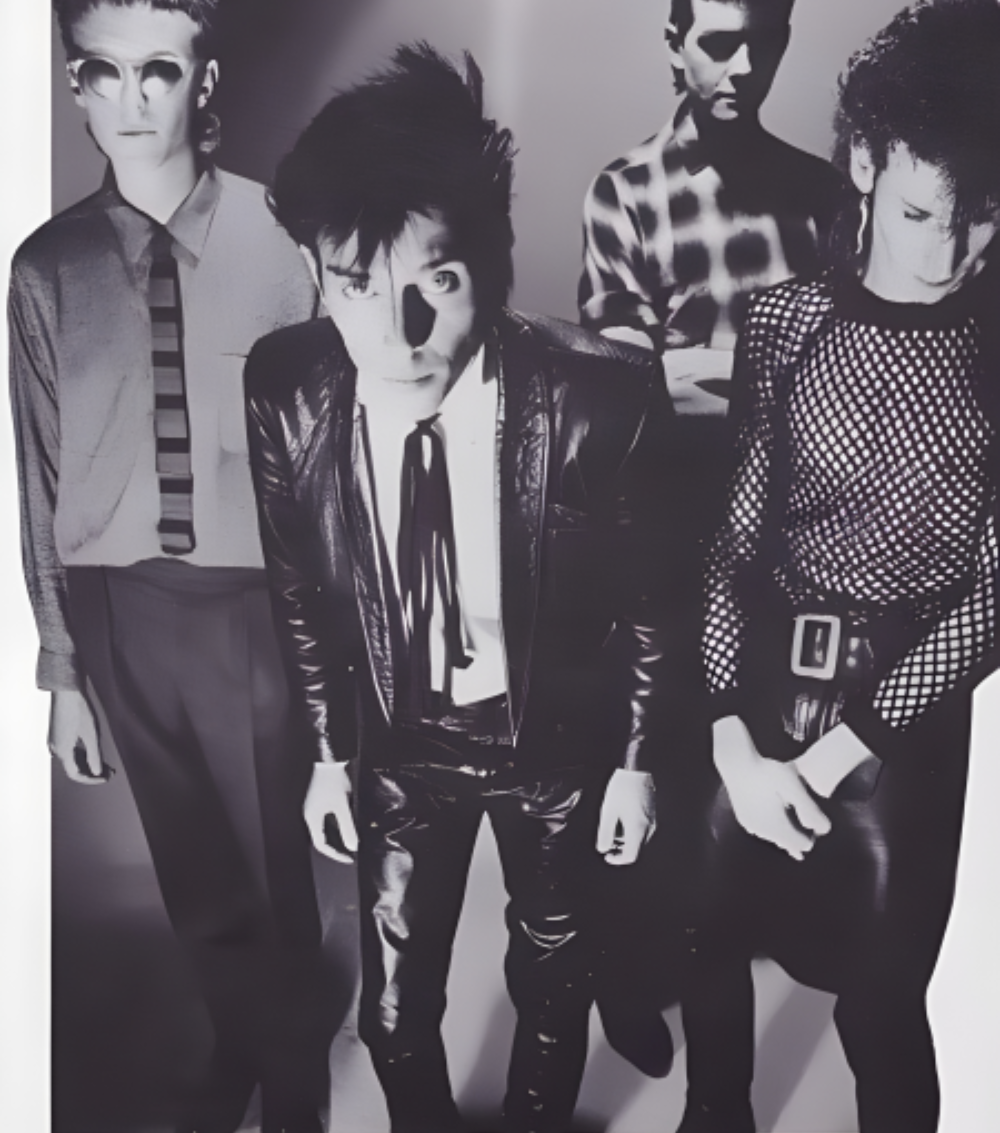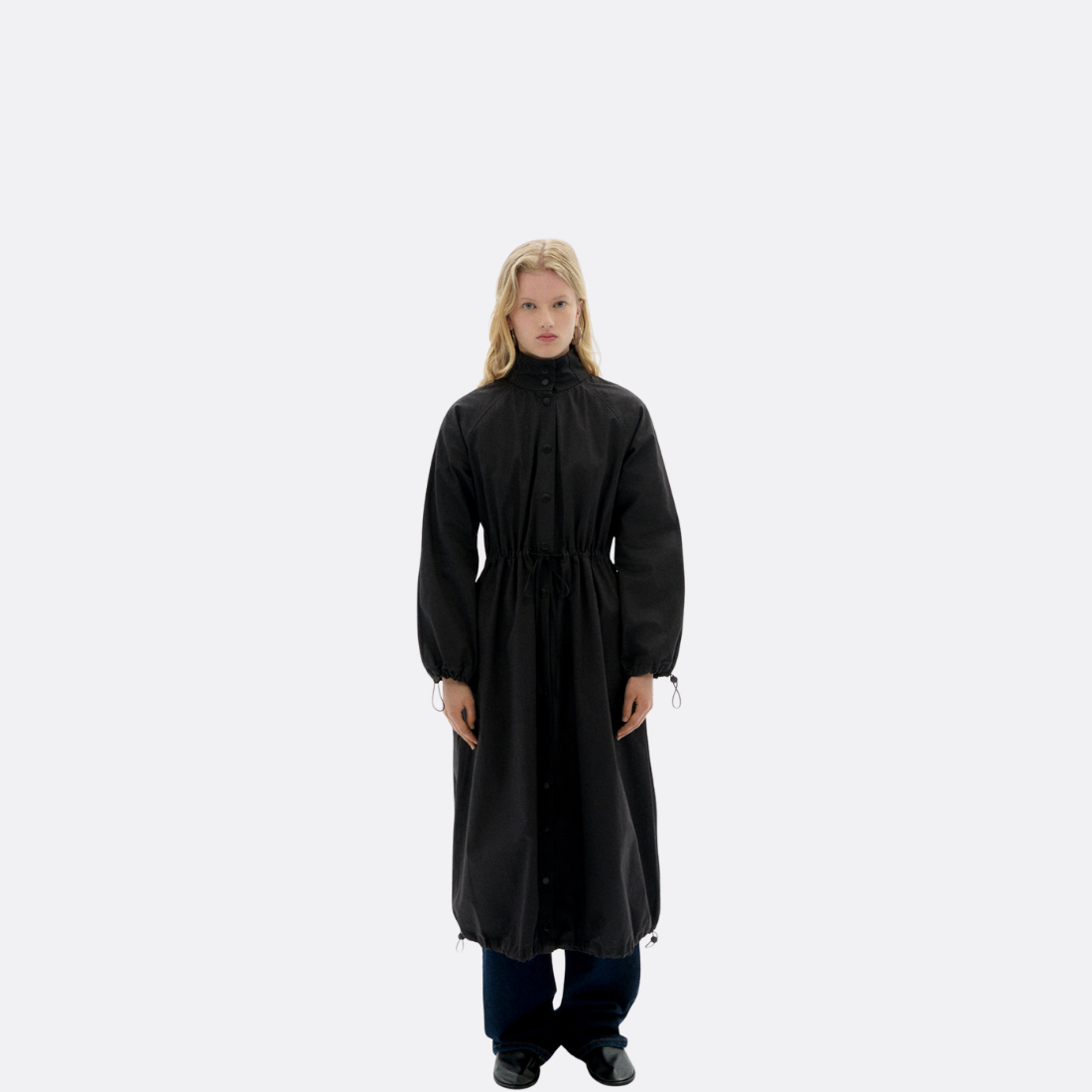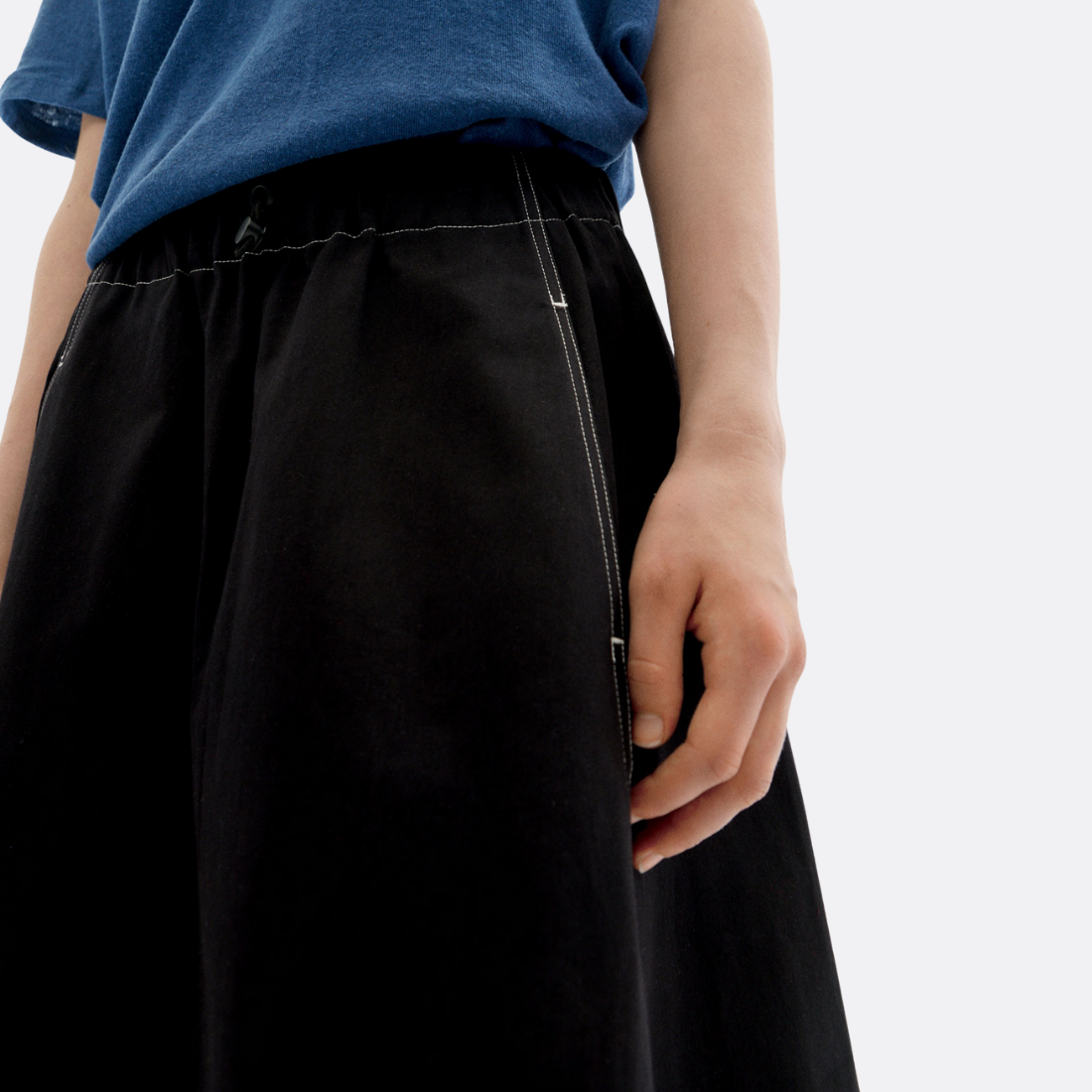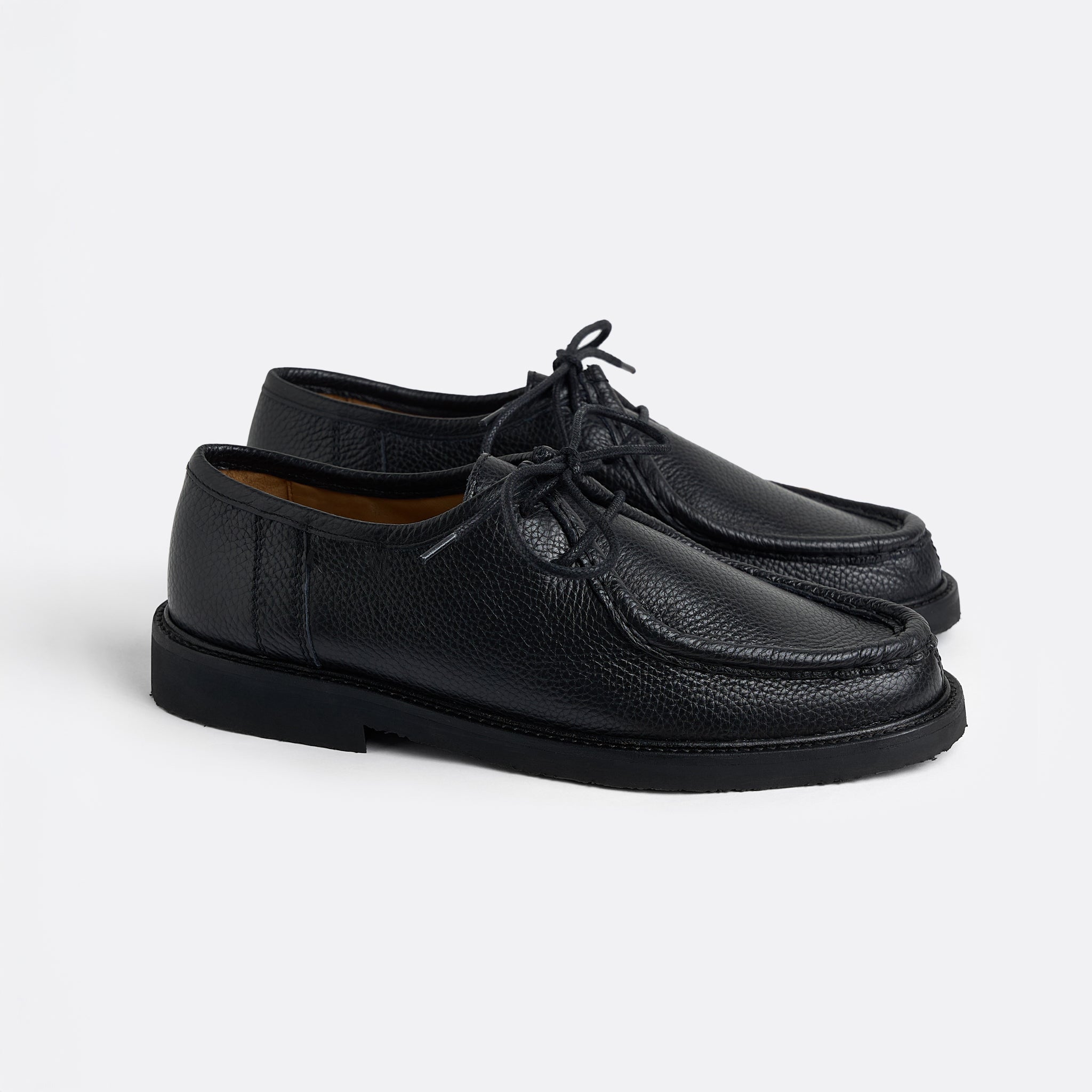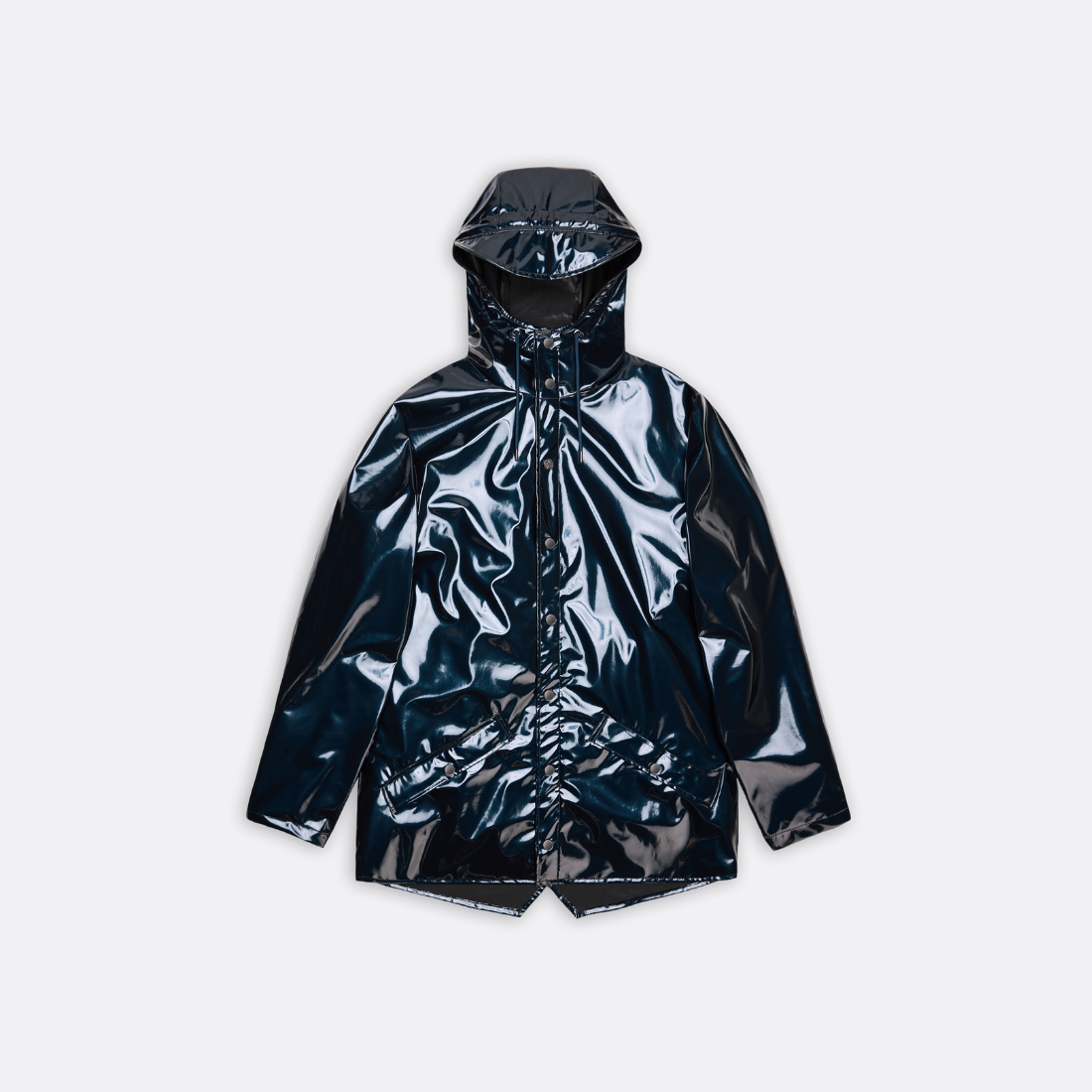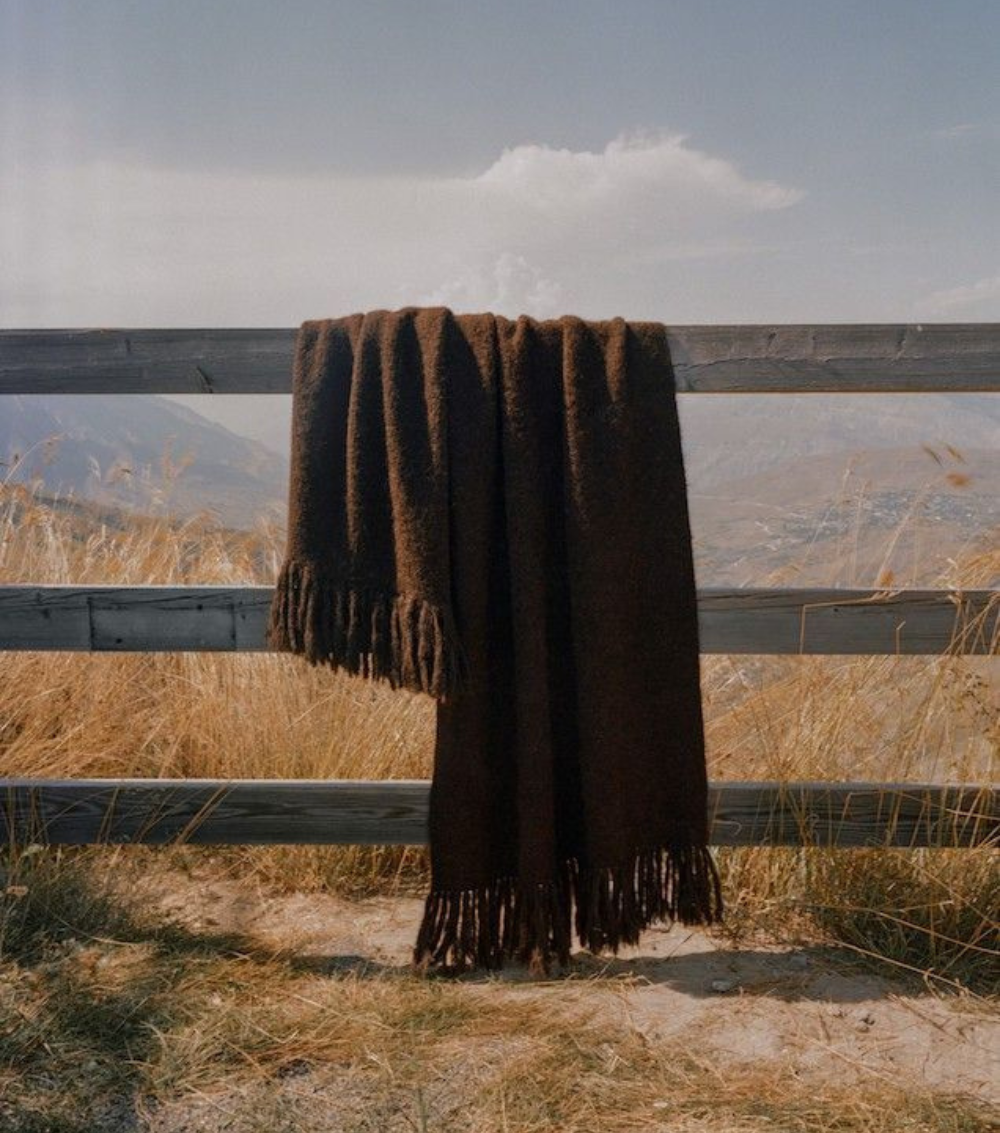The Birth of a Shadow: Post-Punk and the Gothic Turn
In the late 1970s, deep inside London’s underground clubs, a new aesthetic emerged: dark, romantic, and quietly radical. Post-punk bands like Bauhaus, Siouxsie and the Banshees, Joy Division and The Cure shaped a visual language that went far beyond sound. When Bauhaus released Bela Lugosi’s Dead in 1979, a slow, eerie homage to the original Dracula, the mood totally shifted: punk’s rage gave way to introspection and darkness became more glamorous.
This early gothic style drew heavily from history. Inspired by Victorian mourning attire—corsets, lace, long skirts, heavy fabrics—fans dressed like spectral figures rebelling against the glossy disco era. Black became both shield and statement.
Clubs like the iconic Batcave, in London, turned into catwalks of leather jackets, fishnet tights, combat boots and exaggerated eyeliner. Figures like Siouxsie Sioux, the “mother of goth,” and Peter Murphy of Bauhaus embodied an androgynous, dramatic look that quietly reshaped culture for decades.
Siouxsie Sioux & Peter Murphy
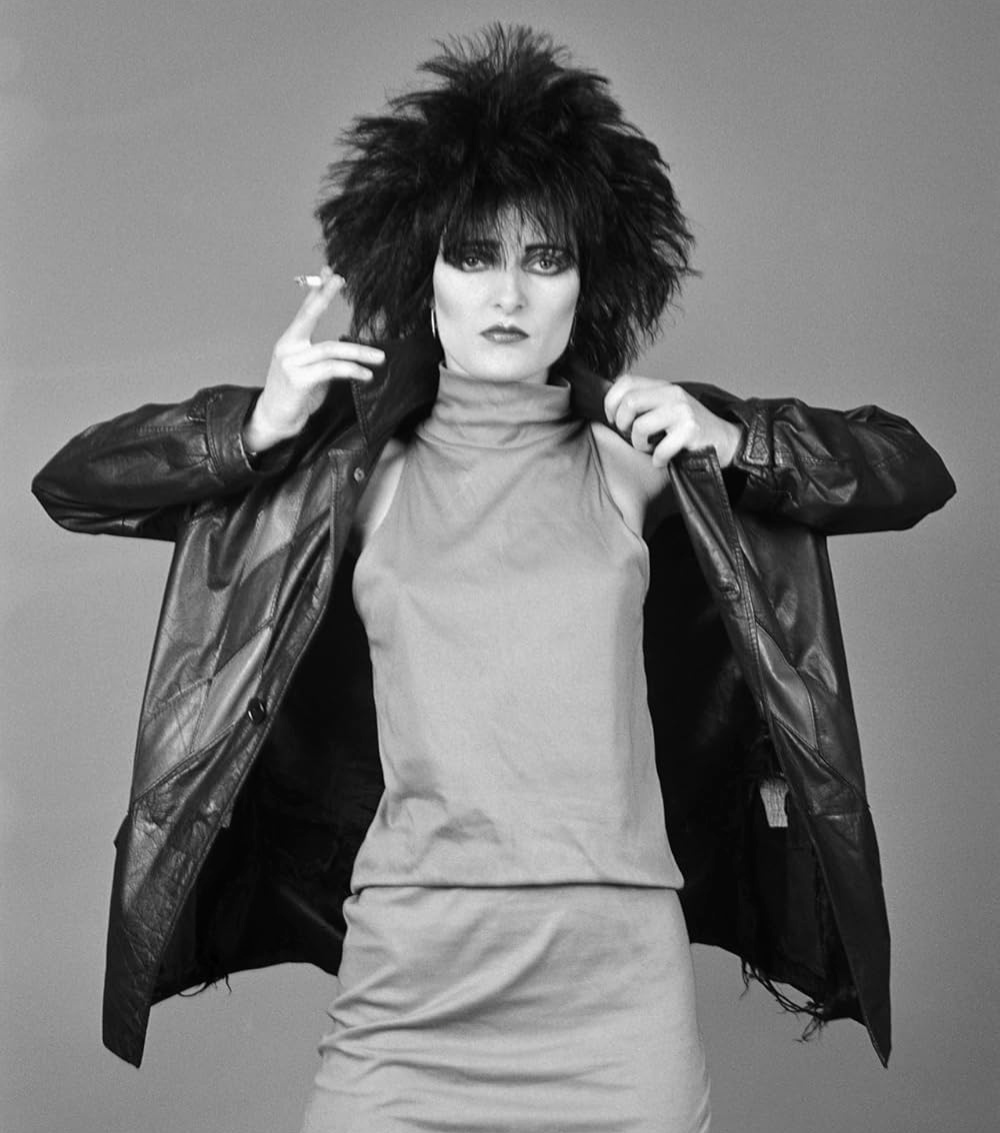
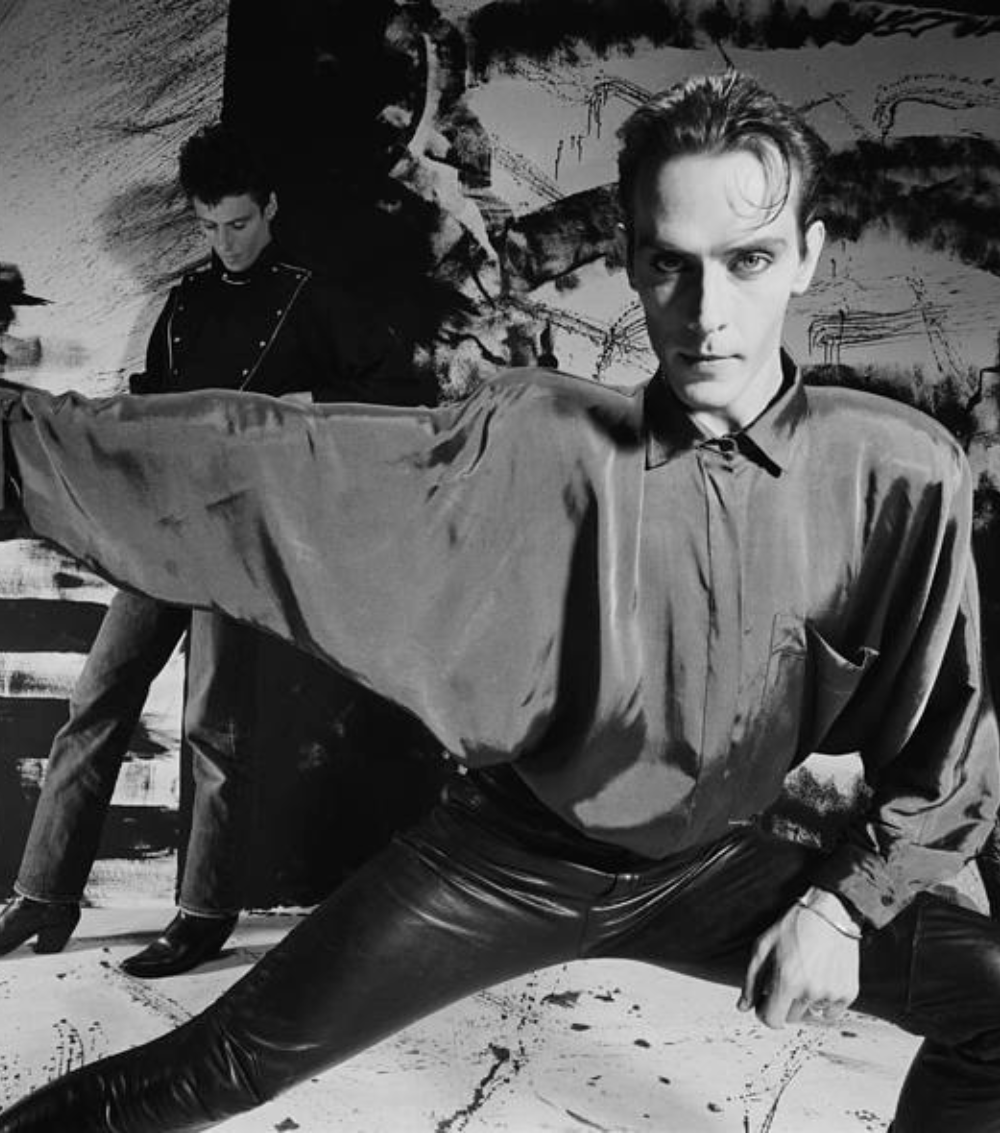
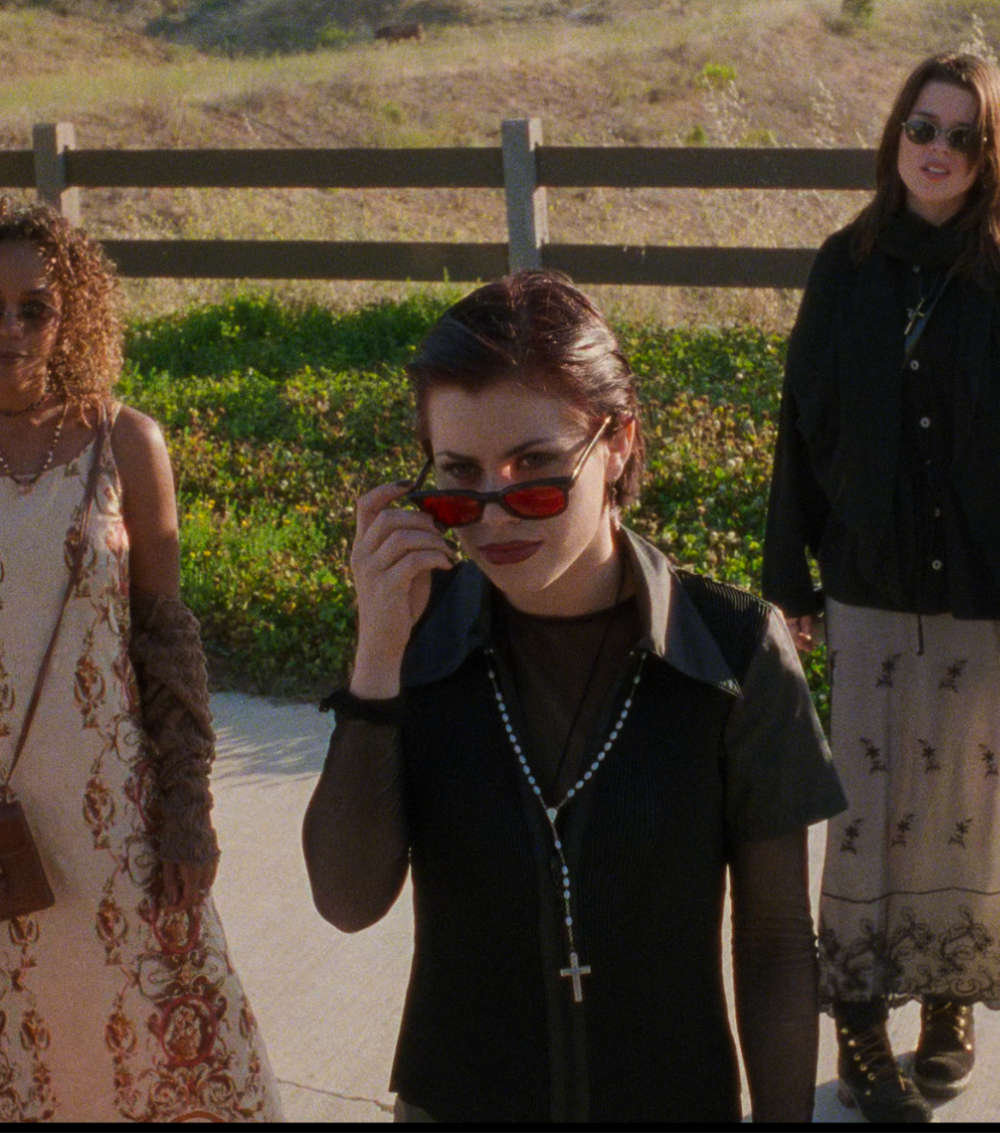
Ironically, what began as a macabre rebellion soon caught the mainstream’s eye. By the 1990s, gothic imagery had infiltrated Hollywood and fashion. Think Tim Burton’s pale protagonists like Edward Scissorhands, The Craft movie and the wave of black lace and crucifixes that swept through runways. Bands like Alice in Chains, Nine Inch Nails and Depeche Mode turned pain into performance. The sound became layered, metallic, sensual and a poetic drama with decibels.
When Evanescence, My Chemical Romance and Panic! At the Disco appeared on MTV, they gave melodrama a pop heartbeat. Amy Lee sang like a cathedral collapsing in slow motion and teenagers across continents dressed accordingly. Grief had a wardrobe; heartbreak had a drumline. What once whispered from the margins was now televised, stylized, amplified and unmistakably pop.
The Craft, 1996
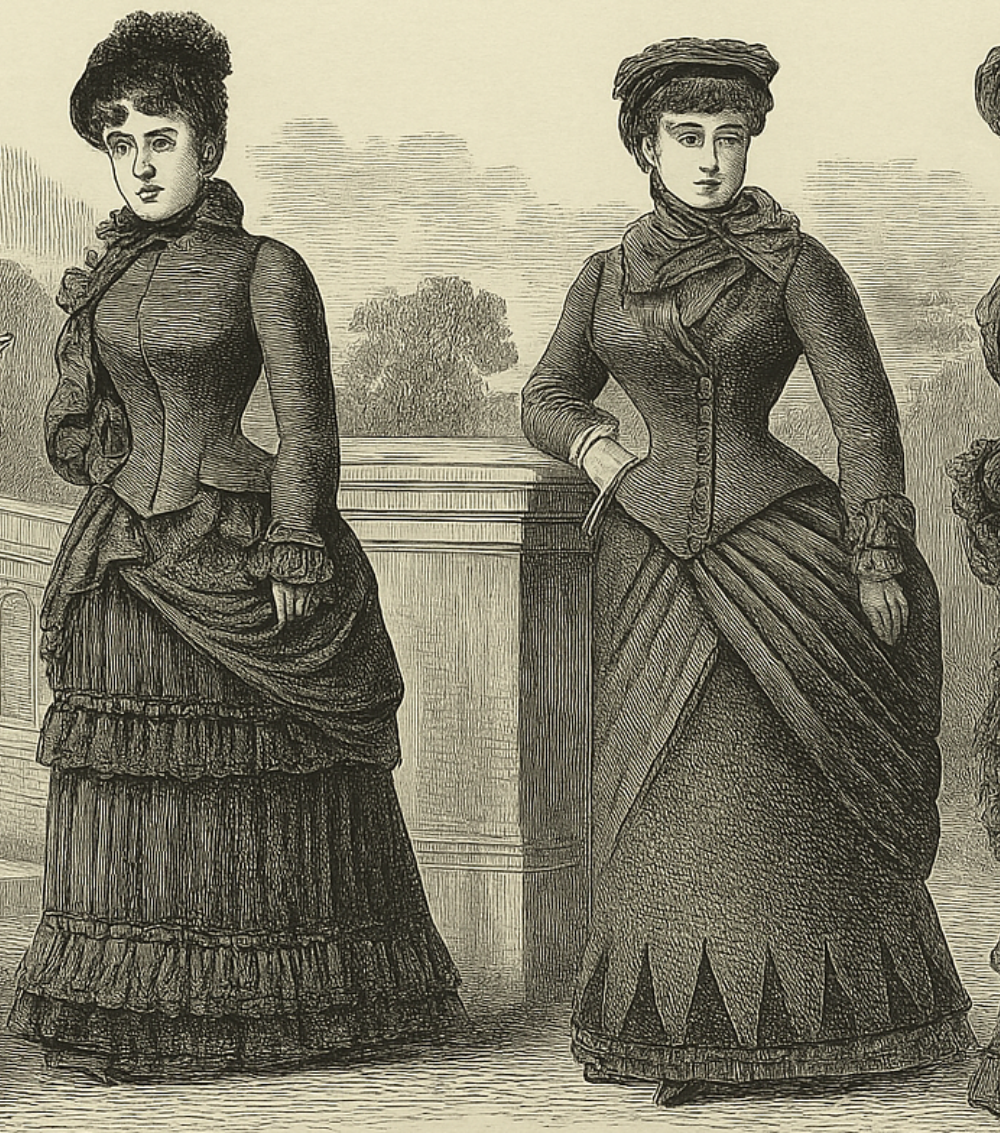
Fast forward to the 2020s and the cycle has fully returned. Netflix’s Wednesday sparked a gothic craze among Gen Z. Beyond the classic aesthetics of black dresses, white collars, braids and pale makeup, a new kind of darkness emerged: sheer, romantic and cinematic. What was once underground is now simply in vogue.
Historically, gothic fashion has always existed in quiet defiance of its time. In the Victorian era, mourning dress turned grief into ceremony—lace, jet and silk became symbols of devotion and loss. Death was not hidden; it was tailored.
Decades later, screen icons like Theda Bara, Hollywood’s original “vamp” in 1915 and Maila Nurmi, creator of the cult character Vampira, in 1954, revived that same tension between beauty and decay—transforming darkness into an art form wrapped in glamour.
Theda Bara & Maila Nurmi
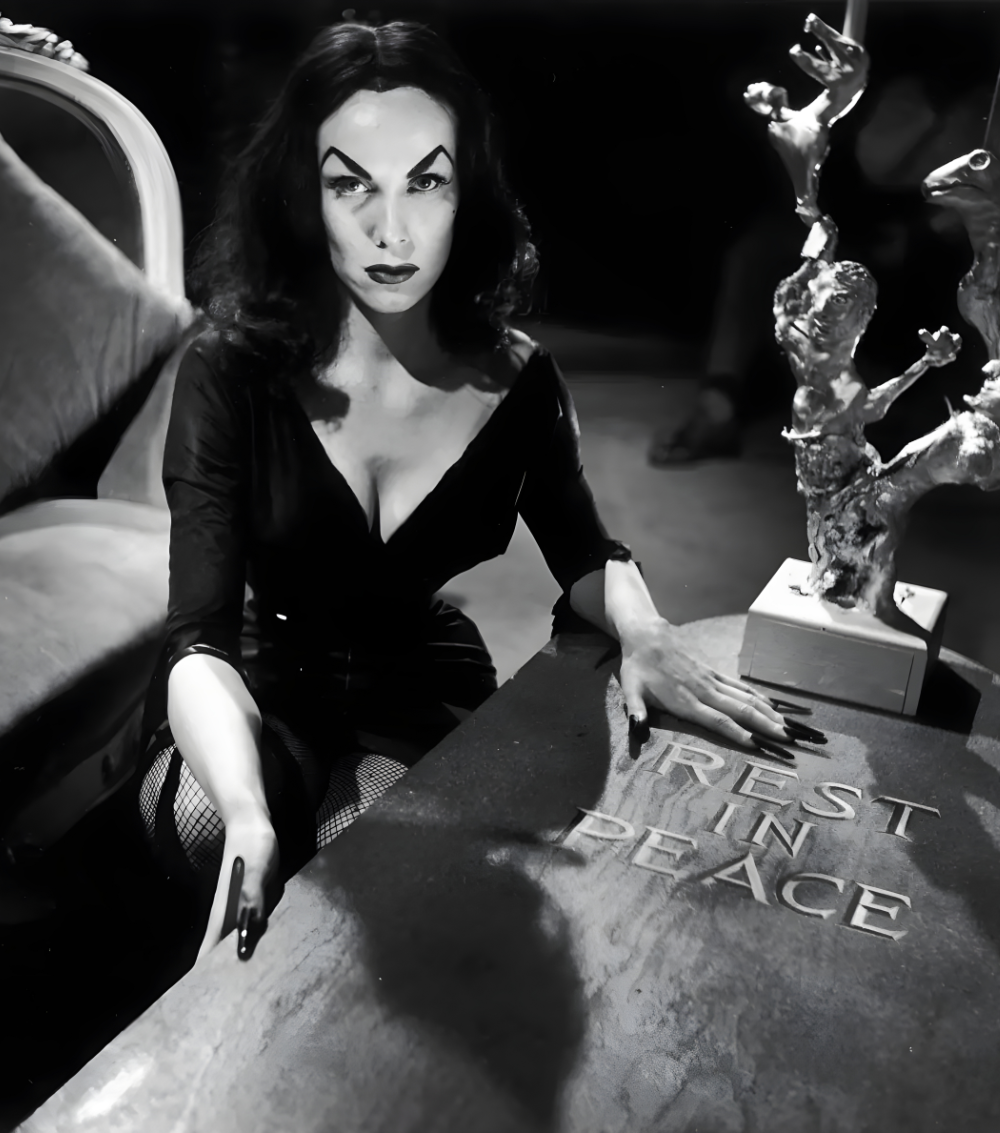
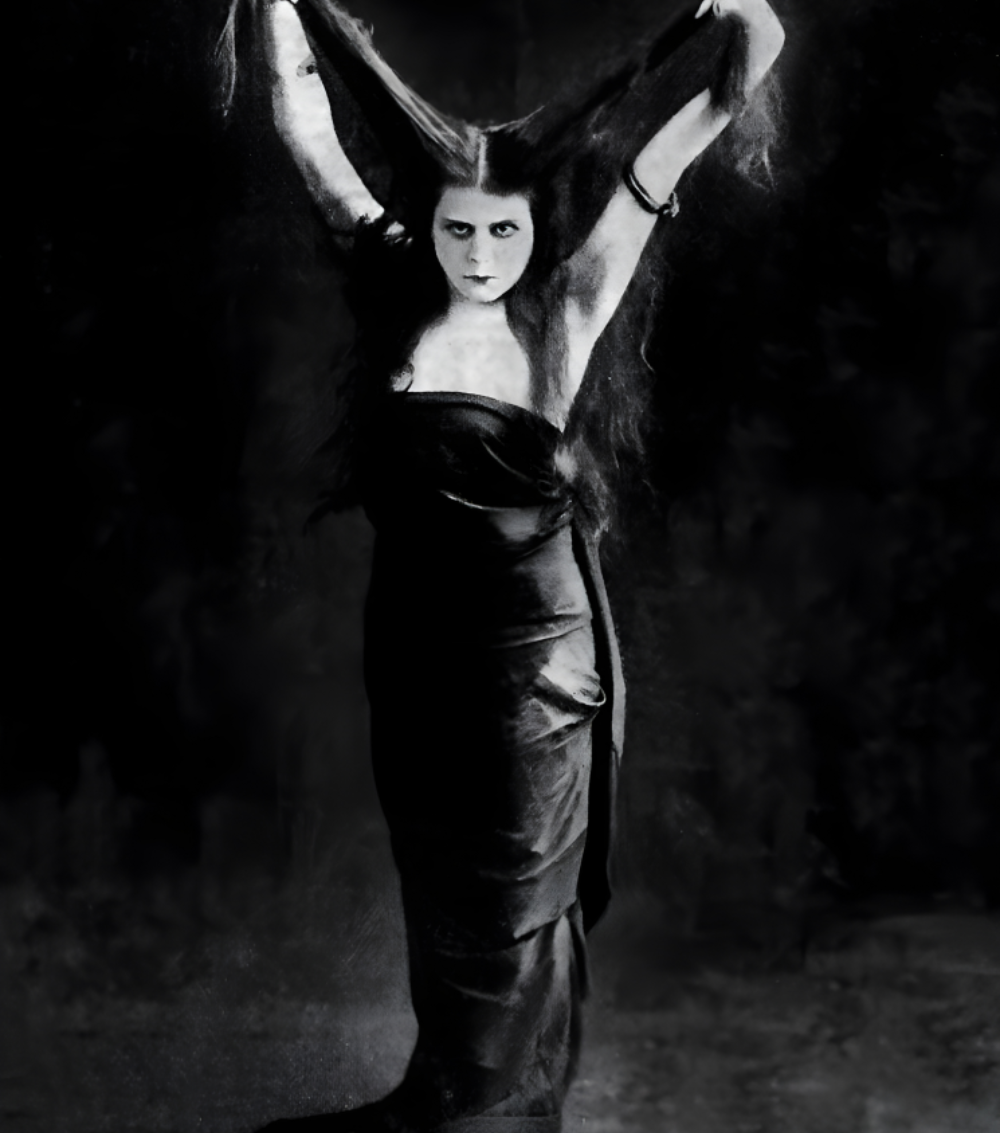
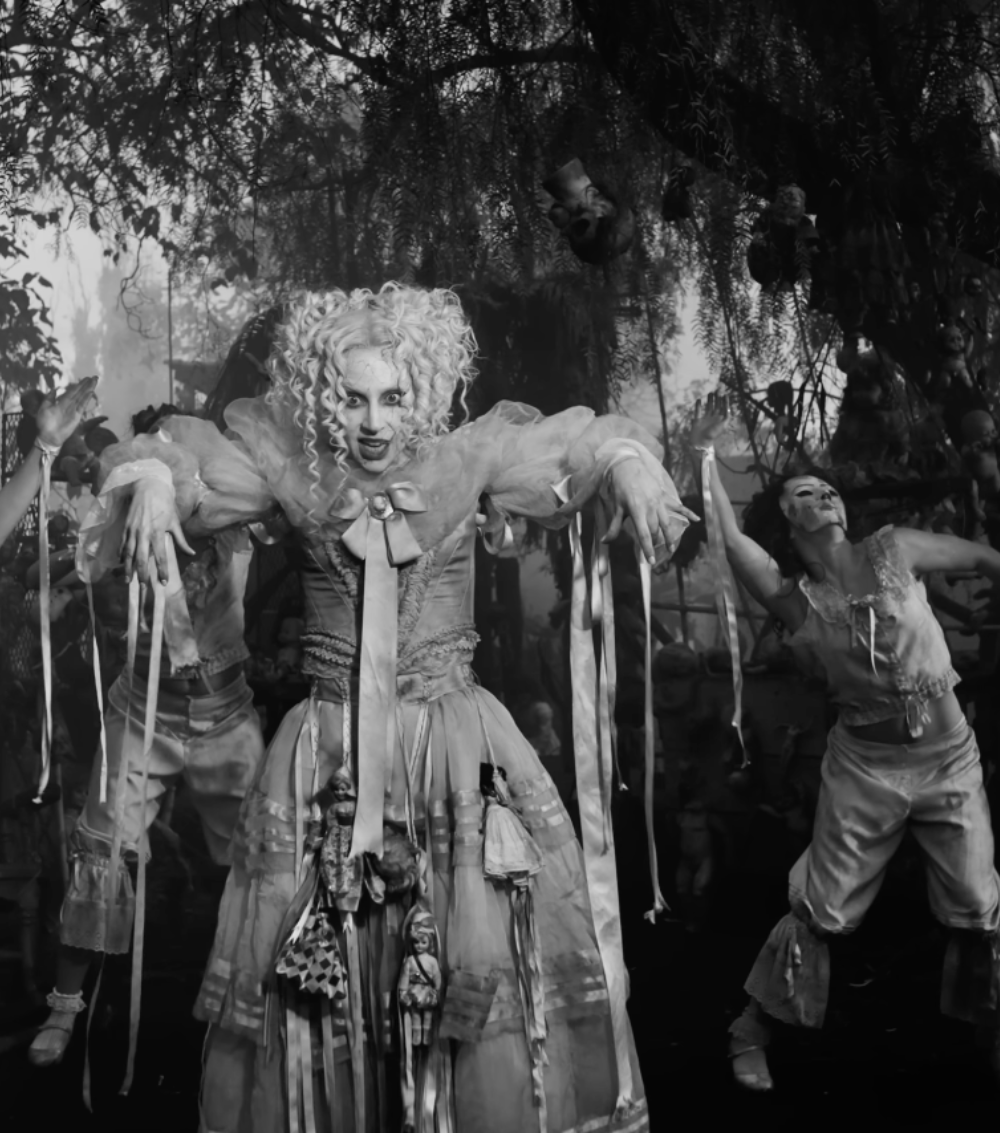
No contemporary pop figure embodies this gothic renaissance quite like Lady Gaga. A lifelong shapeshifter, she plunged into darkness with the Mayhem era. In 2025, she released The Dead Dance, a black-and-white fever dream directed by Tim Burton, blending his signature gothic fantasy with Gaga’s theatrical pop.
That same year, she arrived at the Grammys dressed like a Victorian ghost queen: a funeral look elevated to couture. Her message was clear: it’s time for her little monsters to dress for the shadows.
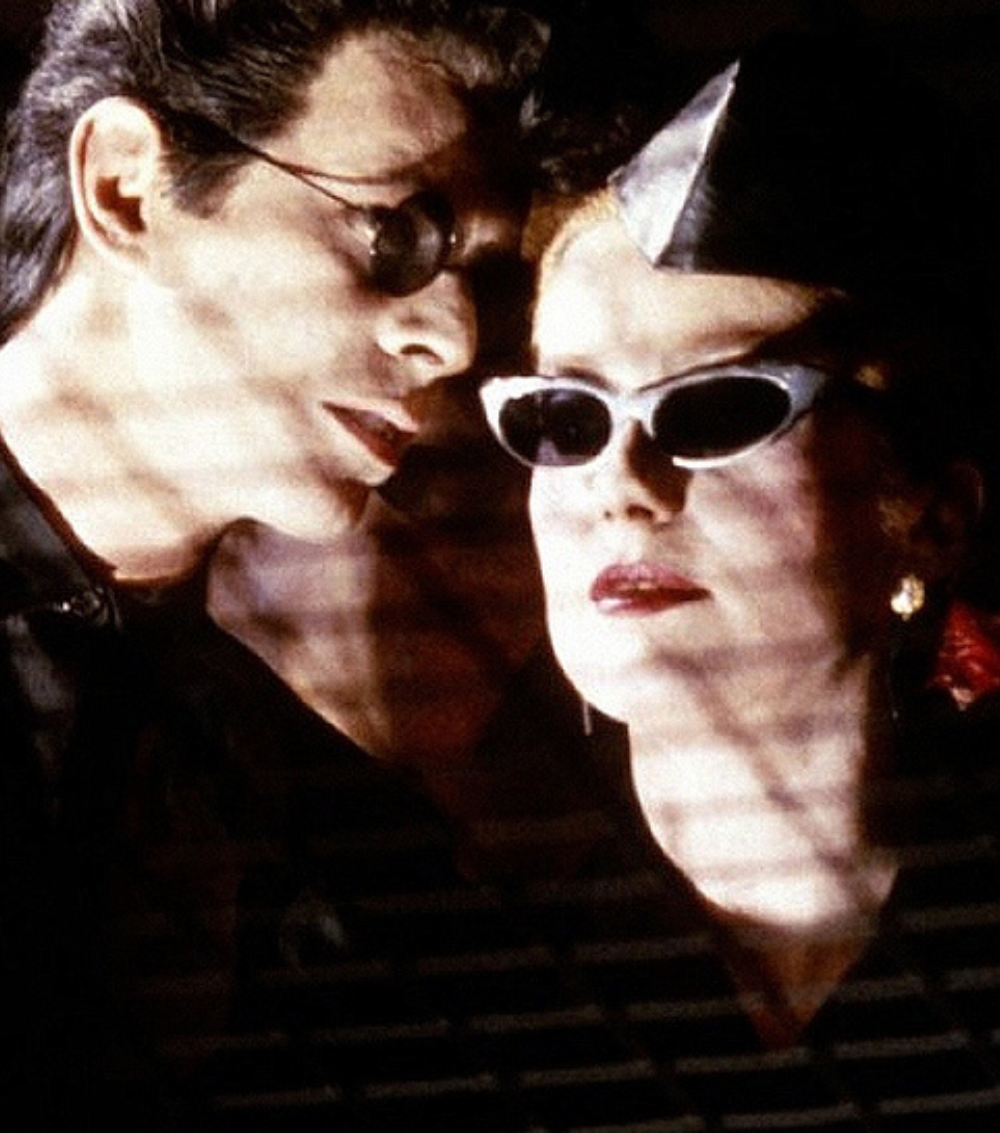
They say that "classics never die" and gothic aesthetics prove this with each new generation. What began as a refuge for post-punk outsiders, with macabre poetry and a penumbral visual style, now parades down the red carpet and fuels hits with millions of streams. Yet, it still keeps the original spirit alive: a celebration of the dark side that exists in everyone, the gothic imagination continues to intrigue us.
There's a kind of strangely beautiful comfort in flirting with melancholy, dressing in mystery and transforming pain into art. As the recent craze for Wednesday Addams and her followers clearly showed, trends may change, but the fascination with the obscure is eternal – and there will always be new generations willing to dance with their personal ghosts to the sound of good dark music. In short, gothic aesthetics remain immortal – like an elegant vampire – adapting to the times, but never going out of style.
The Hunger, 1983
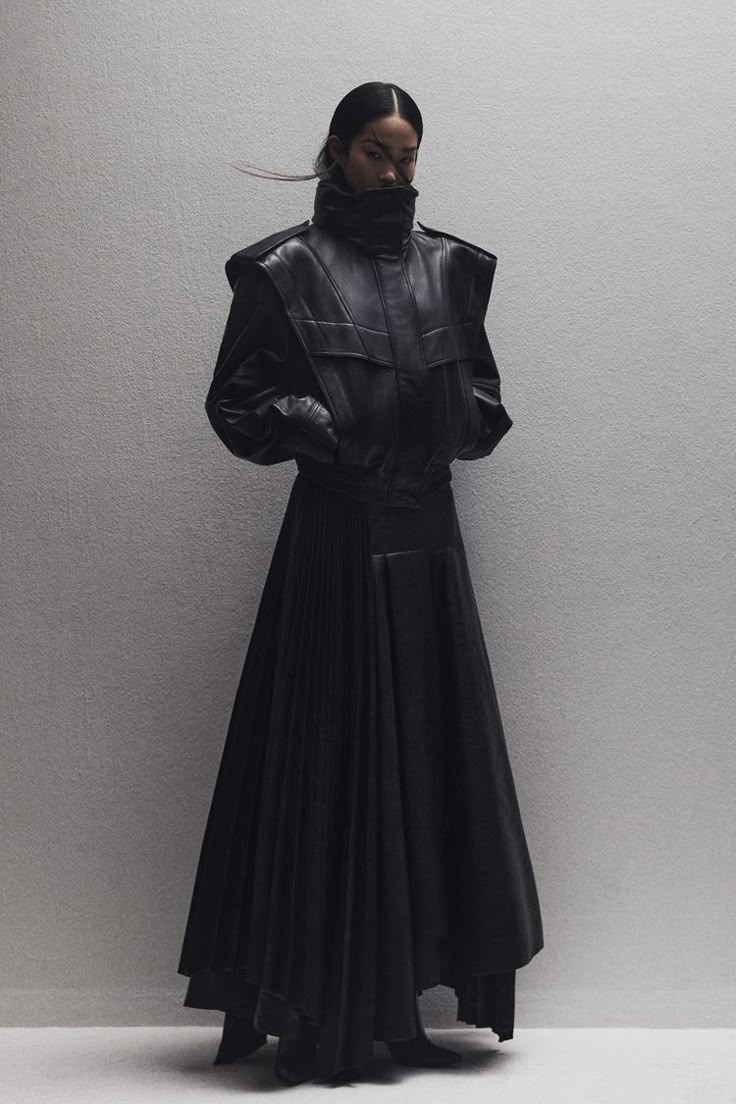
the Gothic Turn
Our twist in the gothic turn.
For those who prefer to hear the darkness rather than just wear it— Listen to the “Shadows in Vogue” playlist
Written by DJ Phephz

